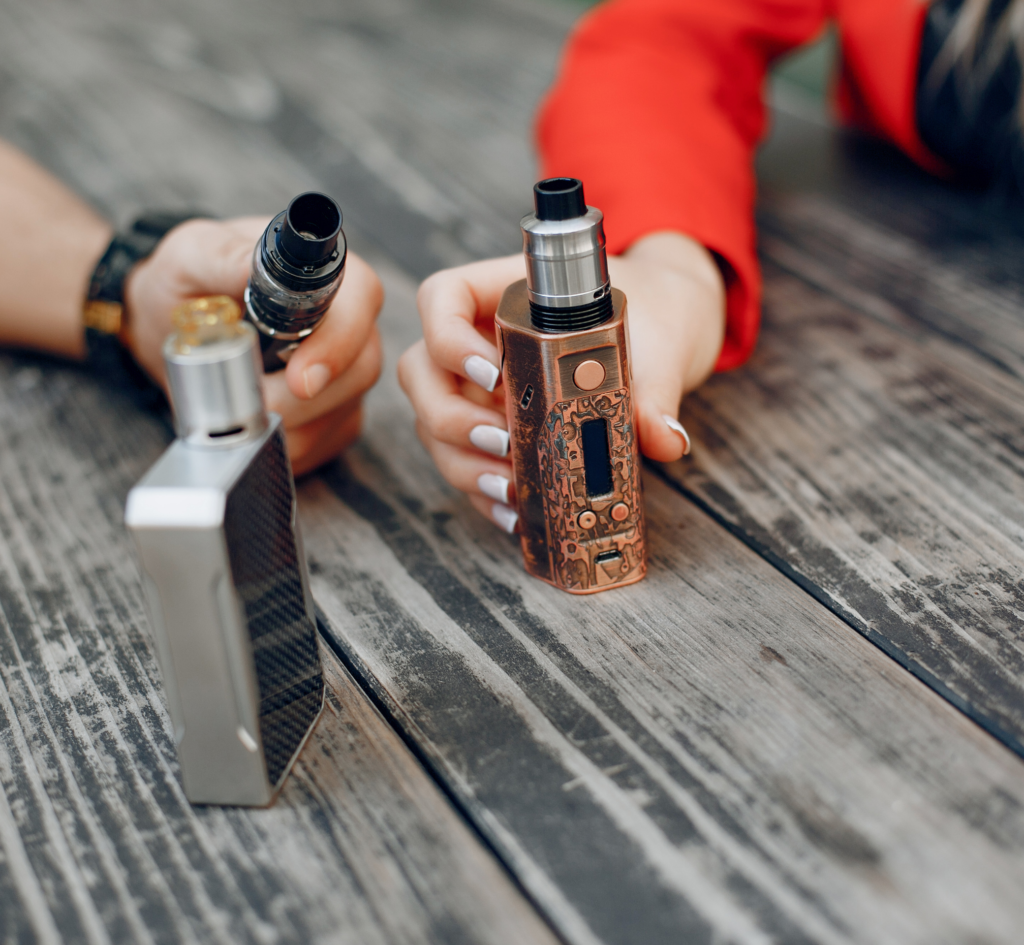The Pan American Health Organization (PAHO), the subsidiary of the World Health Organization (WHO) in the Americas, recently published its Report on Tobacco Control for the Region of the Americas 2022. In it, the WHO once again fails to recognize the role that vaping can play in reducing the harm caused by smoking.
Among the nearly 150 pages of the report, the WHO devotes an entire chapter to what it calls “new and emerging nicotine and tobacco products”, in which it repeats already debunkt myths about vaping. . The report hints that the emergence and popularization of electronic nicotine delivery systems (ENDS) are to blame for the fact that “tobacco control remains a priority and a challenge”. If the WHO is really concerned about controlling tobacco use and helping smokers quit cigarettes, it should stop criminalizing vaping devices and promote their use as a smoking cessation aid. As testimonials from ex-smoking vapers around the world prove, these devices are part of the solution, not the reason why smoking continues to be a public health problem.
Further on, the WHO manipulates by attacking vaping advocates’ discourse by claiming that “ terms such as reduced harm or reduced risk tend to confuse people and provide a false sense of security in circumstances where there is no scientific evidence to demonstrate that the consumption of so-called reduced-harm products is safe for health”. No vaping advocate says that vaping is completely risk free and that we should do it regardless of the consequences. The point – which the WHO does not seem to understand – is that vaping has been scientifically proven to be way less harmful compared to smoking, so the term tobacco harm reduction is entirely valid. Regardless of how much the WHO tries to discredit it.
As if this were not enough, the WHO goes even further and dares to deny ENDS the status of a useful smoking cessation aid. It justifies this by explaining that “these products have been designed so that exposure to nicotine concentrations is exponentially lowered over a determined period of time (…), but are subjected to less scrutiny by national authorities and therefore do not benefit from the same degree of quality assurance as approved NRTs”. This is not true. As the name suggests, the devices are designed to safely consume nicotine, not necessarily to eliminate nicotine consumption. Moreover, nicotine has only minor health effects and is not a problem in other NRTs such as nicotine gums or nicotine patches, so why should it be a problem in vaping?
Quitting smoking is a very difficult task, and it becomes even more difficult when it is done without help. Shock therapy often does not work, and we cannot expect from many smokers to quit smoking overnight by force of will. We know that when they try to quit they will suffer withdrawal symptoms and if they are unable to overcome this, they will turn to cigarettes again. Why not help them by providing them with a safer and effective way to quit smoking? Vaping is 95% less harmful than smoking and is the most effective method of quitting. Health agencies should stop thinking that smokers only have two options: quit or die. Instead they should promote harm reduction in general and vaping as a smoking cessation aid in particular.






2 Responses